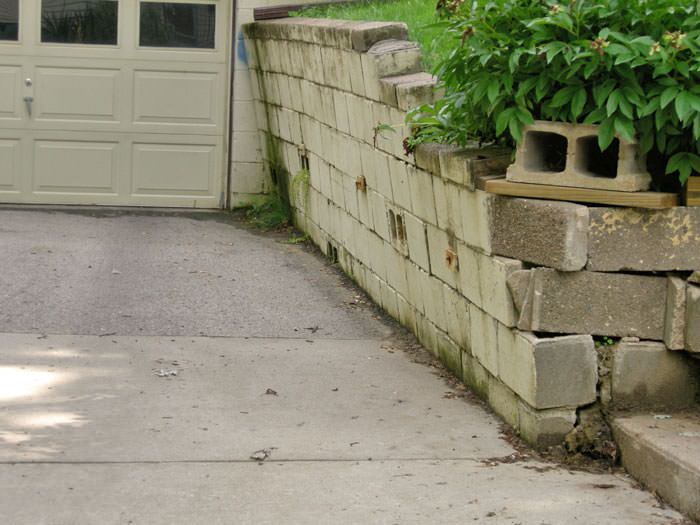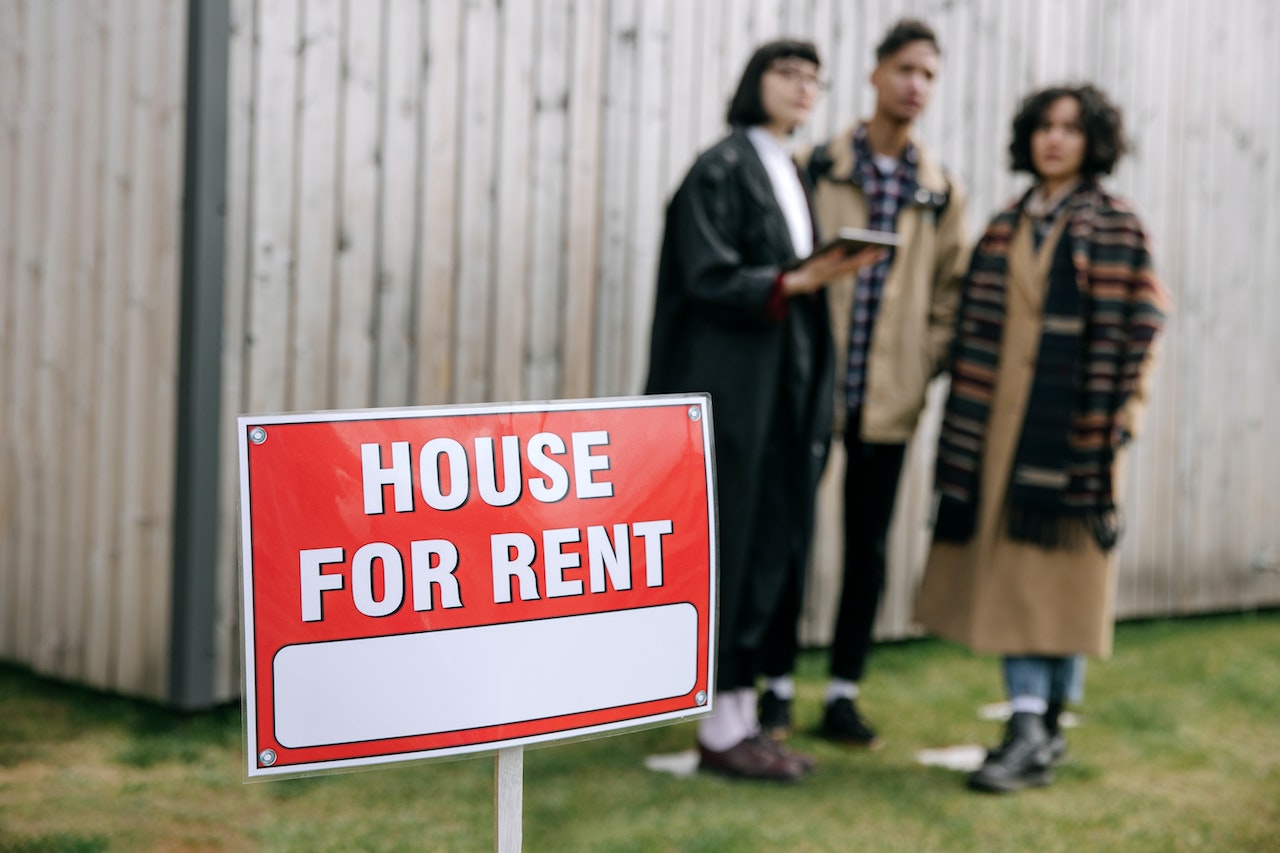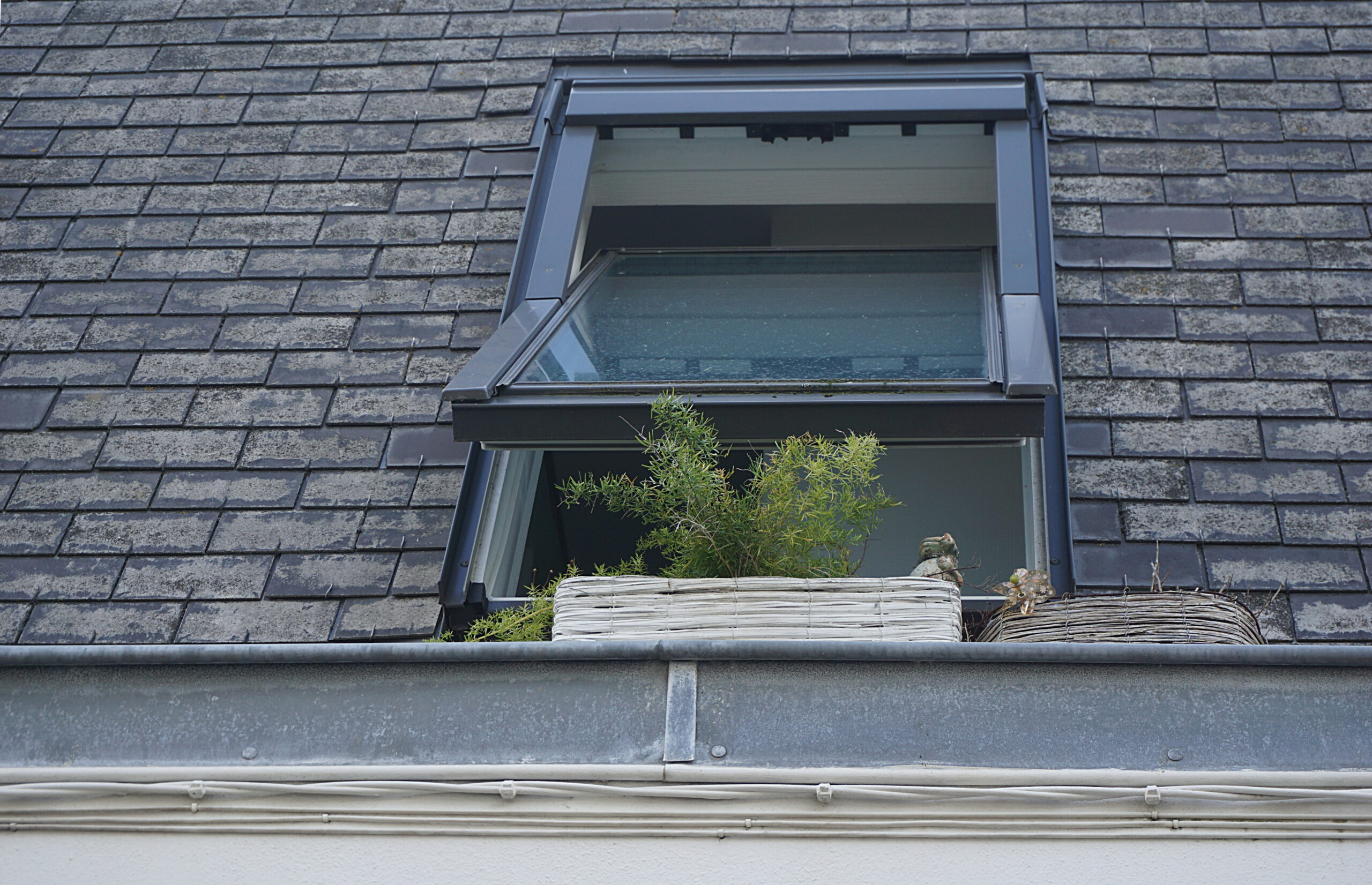Dear David,
I just got notice that my rent is going up 4.8 percent. Is this legal when the buyer just bought the building and hasn’t made any updates? – SHOCKED
DEAR SHOCKED: Generally speaking, there are a few rules for residential rent increases. The top 3 are: (1) rent can only be increased once every 12 months; (2) there is a guideline limiting the amount rent can be increased each year, it’s 1.8 percent in 2018; and (3) notice of an increase must be given 90 days before the start of the next rental term.
Rent increases are geared to the consumer price index, which is set each year between June and May of the following year. In certain situations, a landlord is allowed to apply to the Landlord Tenant Board for an above-guideline increase. These applications are considered on a case-by-case basis and may be approved if a landlord’s municipal taxes have increased by the guideline plus 50 percent, if they have qualifying expenses related to security, or if the landlord has incurred eligible capital (major) expenditures.
Above-guideline increases must be approved by the Landlord Tenant Board before they can take effect. Keep in mind though, that the guideline does not apply to vacant residential units, social housing units, nursing homes or commercial property. For these units, there is no limit to how much a landlord can increase the rent each year.
To verify whether your rent increase is legal, I suggest calling the Landlord Tenant Board toll-free at 1-888-332-3234. You can also visit the Board’s website for more information.
Dear David,
I live in a mid-century bungalow. One side of our yard has what seems like an original retaining wall from the 1950s. The wall is really starting to lean into my yard, buckling under the weight of my neighbour’s elevated property. Who is responsible for fixing this problem? – SHIFTED
DEAR SHIFTED: The general rule is that if the issue is happening on your property, it’s your responsibility to fix. Unfortunately this concern is not uncommon.
Many of the retaining walls from 50 or 60 years ago were not built to today’s standards. They can certainly develop issues, especially considering that even modern building techniques can fail when subjected to the harsh freeze/thaw cycle of repeated Canadian winters.
Unless your neighbour did something recently to disturb the area behind the wall and cause it to start leaning, the shift can likely be attributed to Mother Nature – which means it’s probably up to you to fix on your own.











